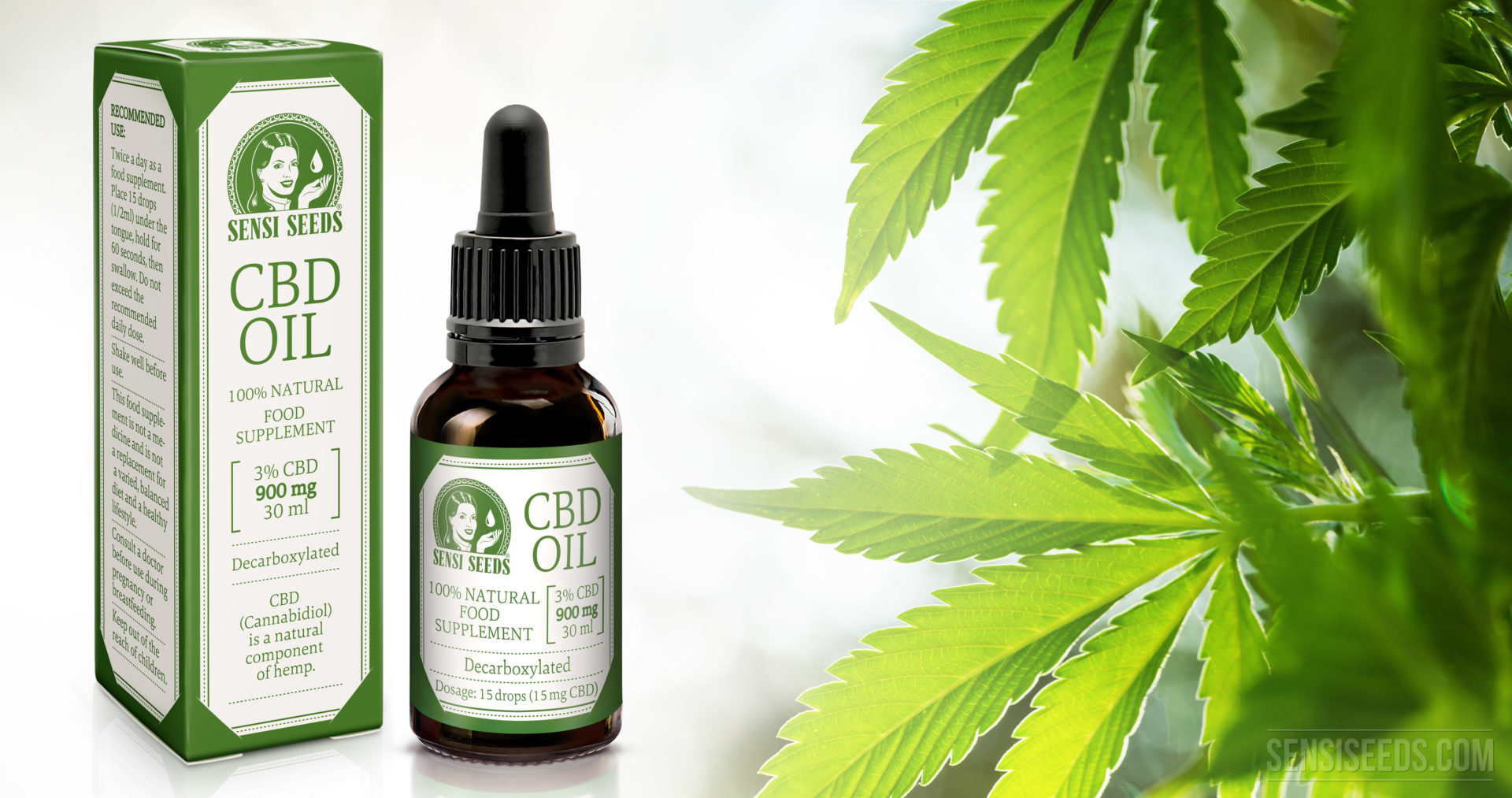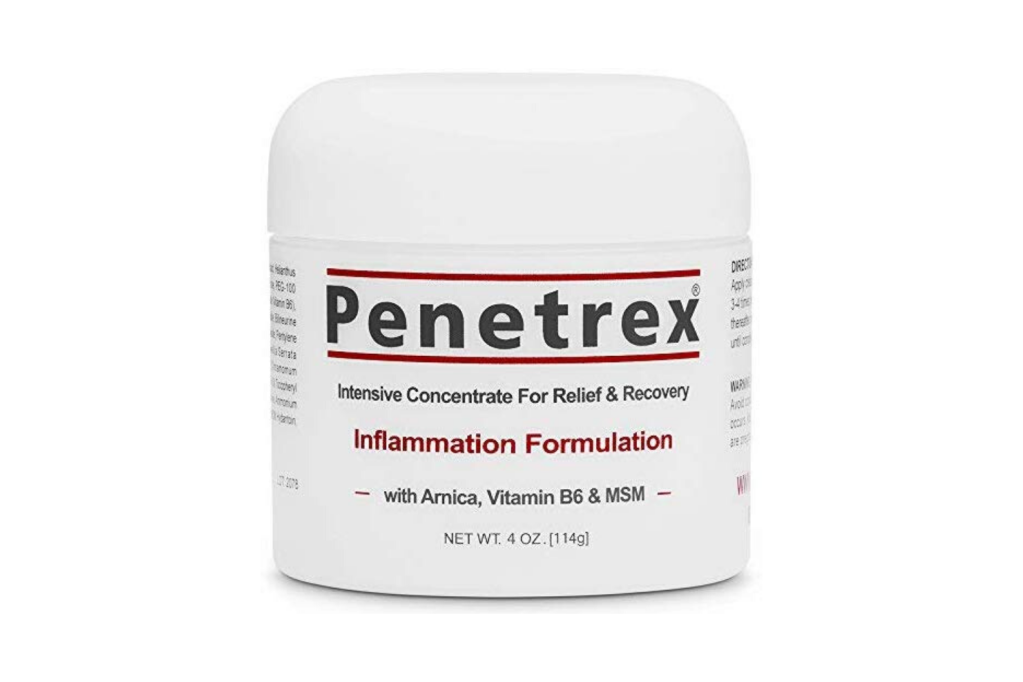Introduction
Migraines are a debilitating form of headaches that can significantly impact an individual’s quality of life. Conventional treatments for migraines often involve medications that may have limited efficacy and unwanted side effects. In recent years, there has been growing interest in using CBD (cannabidiol) as a potential natural remedy for migraines. This comprehensive guide aims to explore the use of CBD for migraines, including its potential benefits, mechanisms of action, dosage considerations, legal aspects, and current scientific evidence. It aims to provide a comprehensive understanding of CBD’s role in migraine management and empower individuals to make informed decisions.
Understanding Migraines
- Introduction to Migraines – Define migraines, their characteristics, and the potential triggers and symptoms associated with them.
- Impact of Migraines – Discuss the physical, emotional, and social impact of migraines on individuals’ daily lives and the need for effective migraine management strategies.
CBD and Migraines
- What is CBD? – Provide an overview of CBD, its natural origin from hemp or cannabis plants, and its non-intoxicating properties.
- How Does CBD Work for Migraines? – Discuss the potential mechanisms of action by which CBD may interact with the body’s endocannabinoid system, modulate pain perception, and reduce inflammation associated with migraines.
Scientific Evidence and Research
- Preclinical Studies – Summarize animal studies that suggest CBD’s potential anti-inflammatory, analgesic, and neuroprotective effects in the context of migraines.
- Human Studies – Explore clinical trials and research studies investigating the use of CBD for migraines, including its efficacy in reducing migraine frequency, severity, and associated symptoms.
- Limitations and Future Research – Discuss the current limitations of research in the field and the need for larger, well-designed studies to establish the efficacy, safety, and optimal dosing of CBD for migraines.
Potential Benefits of CBD for Migraines
- Pain Relief – Explain how CBD may potentially alleviate migraine pain by interacting with pain receptors and reducing inflammation.
- Reduction in Migraine Frequency and Duration – Discuss the potential of CBD to decrease the frequency and duration of migraines, allowing individuals to experience fewer and less severe attacks.
- Antiemetic Effects – Highlight CBD’s potential ability to reduce nausea and vomiting, which are common symptoms experienced during migraines.
- Anxiety and Stress Reduction – Explore how CBD may help alleviate anxiety and stress, which can trigger or worsen migraines in some individuals.
Methods of CBD Consumption
- CBD Oil – Discuss the most common method of consuming CBD for migraines, including sublingual administration of CBD oil and its potential advantages in terms of bioavailability and ease of dosing.
- Other Consumption Methods – Explore alternative methods of CBD consumption, such as capsules, edibles, and topical applications, highlighting their pros and cons in the context of migraine management.
Dosage Considerations
- Start Low and Go Slow – Advise beginners to start with a low CBD dosage and gradually increase as needed to assess individual tolerance and response.
- Finding the Optimal Dosage – Discuss the importance of finding the right CBD dosage based on factors such as body weight, individual sensitivity, and the severity of migraines.
- Consult with a Healthcare Professional – Emphasize the importance of consulting with a healthcare professional, especially for individuals with pre-existing medical conditions or those taking other medications.
Legal Considerations
- Legal Status of CBD – Explain the legal status of CBD in different regions, highlighting the importance of understanding local regulations before purchasing
CBD products.
- 2. Hemp-derived CBD vs. Cannabis-derived CBD – Discuss the differences between CBD derived from hemp and CBD derived from cannabis, including the variations in THC content and legal implications.
- Third-Party Testing and Quality Assurance – Emphasize the significance of purchasing CBD products from reputable manufacturers that conduct third-party testing to ensure product quality, purity, and accurate CBD concentration.
Safety and Potential Side Effects
- General Safety Profile – Highlight the generally well-tolerated nature of CBD and its low potential for abuse or addiction.
- Possible Side Effects – Discuss potential side effects of CBD, such as dry mouth, fatigue, and strointestinal discomfort, emphasizing that these effects are typically mild and temporary.
- Drug Interactions – Address the potential interactions between CBD and certain medications, those metabolized by the liver’s cytochrome P450 enzyme system, advising individuals to consult with a healthcare professional before using CBD.
Integrating CBD into a Comprehensive Migraine Management Plan
- Multimodal Approach – Stress the importance of adopting a holistic approach to migraine management that includes lifestyle modifications, stress reduction techniques, adequate sleep, and a healthy diet in conjunction with CBD use.
- Tracking and Monitoring – Encourage individuals to keep a migraine journal to track the frequency, duration, and intensity of migraines before and after incorporating CBD into their routine, helping them assess its effectiveness.
Conclusion
Summarize the key points discussed throughout the guide, emphasizing the potential benefits of CBD for migraines, the importance of consulting with healthcare professionals, and the need for further research to establish CBD’s efficacy and optimal use. Encourage individuals to make informed decisions about using CBD for migraines based on their unique circumstances, preferences, and in accordance with local regulations.
Note: It’s important to consult with a healthcare professional before using CBD or making any changes to your current treatment plan. This guide is intended for informational purposes only and should not substitute professional medical advice or treatment.
- Benefits of Glucosamine Supplements - November 6, 2023
- Benefits of Reishi Functional Mushrooms: A Comprehensive Guide - November 6, 2023
- The Comprehensive Guide on Benefits of Vitamin A - July 13, 2023




